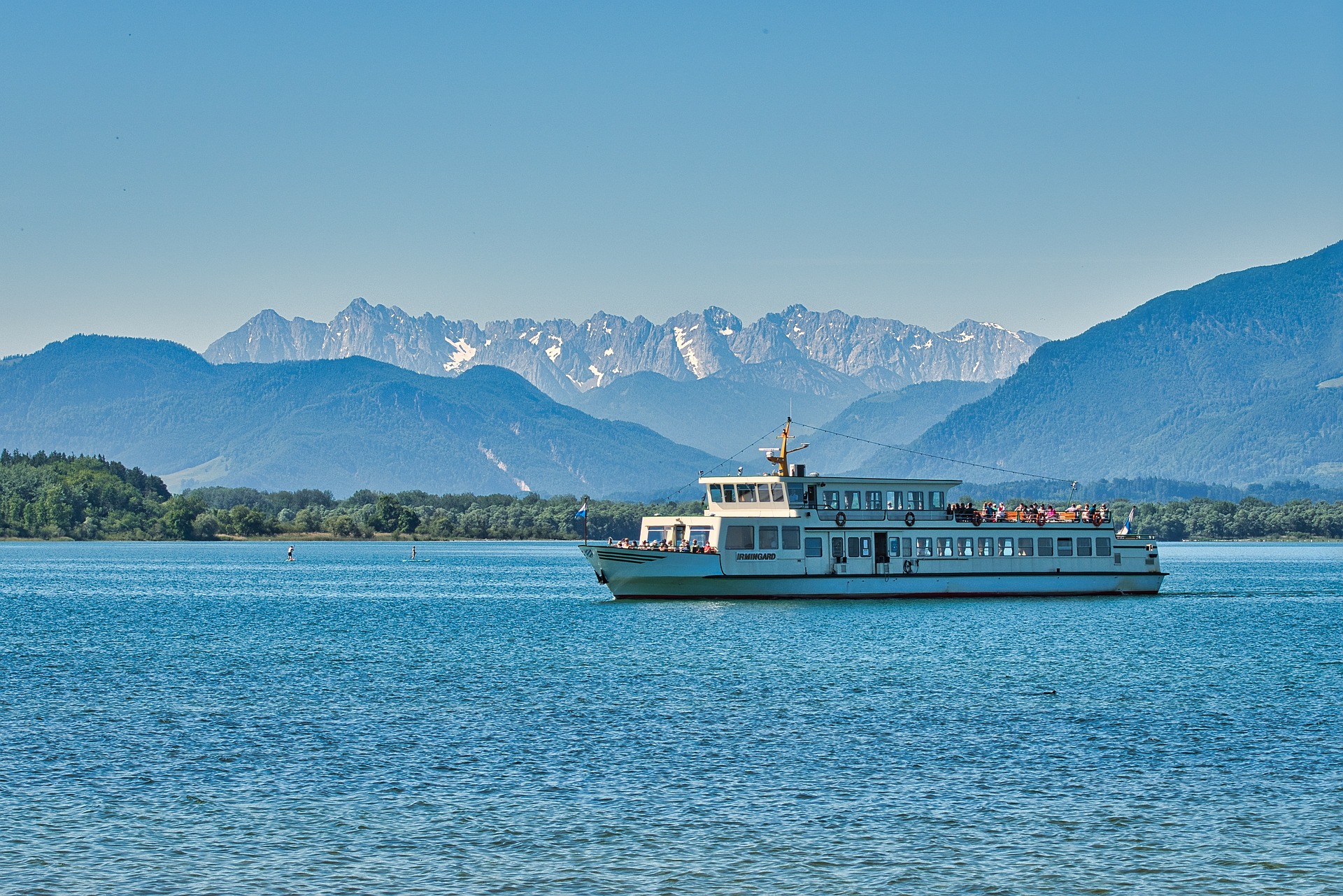Breathtaking Train Journeys: Discover Canada by Rail with Breathtaking Scenery!
Embarking on a Canadian rail journey offers an unparalleled opportunity to witness the country's diverse landscapes, from pristine wilderness to dramatic mountain ranges. These iconic train routes not only provide transportation but serve as moving windows to Canada's natural wonders, rich history, and vibrant culture, making them perfect for both adventure seekers and leisure travelers.

What Makes Canadian Rail Routes Historically Significant?
The Canadian railway system represents more than just transportation infrastructure; it’s the backbone of national unity. The Canadian Pacific Railway, completed in 1885, fulfilled the promise of Confederation by physically connecting the country from coast to coast. Today’s rail routes follow many of these historic paths, allowing travelers to experience the same dramatic landscapes that early settlers and railway workers encountered while building this engineering marvel.
Which Scenic Highlights Define Cross-Country Train Journeys?
The journey through the Canadian Rockies stands as the crown jewel of rail travel, offering views of towering peaks, pristine glaciers, and emerald lakes. The route between Vancouver and Banff provides spectacular vistas of the Fraser Canyon and Rogers Pass. Meanwhile, the journey across the Prairie Provinces reveals endless golden wheat fields and big sky country, while the eastern routes showcase the rugged Canadian Shield and the maritime coastline.
What Wildlife Can Passengers Spot From Canadian Trains?
Train travel offers unique opportunities for wildlife viewing without disturbing natural habitats. Passengers regularly spot black bears, elk, and mountain goats in the Rockies, while prairie sections often reveal deer, coyotes, and various bird species. The more remote northern routes might even offer glimpses of moose or wolves. Spring and fall migrations make these journeys particularly rewarding for wildlife enthusiasts.
How Can Travelers Plan a Memorable Railway Tour?
Successful railway tours require careful planning and consideration of several factors:
-
Book during shoulder seasons (spring/fall) for better rates and fewer crowds
-
Choose between economy class or luxury dome cars based on budget and desired experience
-
Plan overnight stops in key destinations to fully explore local attractions
-
Pack appropriate layers for varying weather conditions
-
Consider booking a rail pass for multiple segments
-
Reserve window seats in advance for optimal viewing
What Makes Train Travel a Sustainable Choice?
Rail travel represents one of the most environmentally conscious ways to explore Canada. Trains produce significantly fewer carbon emissions per passenger compared to air travel or individual car trips. Many Canadian rail operators have implemented green initiatives, including waste reduction programs and fuel-efficient locomotives. This sustainable approach allows travelers to minimize their environmental impact while maximizing their experience of Canada’s natural beauty.
What Are the Popular Routes and Their Costs?
| Route Name | Duration | Starting Price (CAD) |
|---|---|---|
| The Canadian (Toronto-Vancouver) | 4 days | $995 |
| Rocky Mountaineer (Vancouver-Banff) | 2 days | $1,895 |
| Ocean Line (Montreal-Halifax) | 1 day | $395 |
| Winnipeg-Churchill | 2 days | $690 |
| Jasper-Prince Rupert | 2 days | $595 |
Prices, rates, or cost estimates mentioned in this article are based on the latest available information but may change over time. Independent research is advised before making financial decisions.
Canadian rail journeys offer transformative travel experiences that combine comfort, adventure, and sustainability. Whether seeking wilderness encounters, historical insights, or simply the pleasure of watching the landscape unfold, train travel provides a unique perspective on Canada’s vast and varied terrain. From the Pacific to the Atlantic, each route tells its own story of the land and its people, making railway tours an unforgettable way to experience the true essence of Canada.



